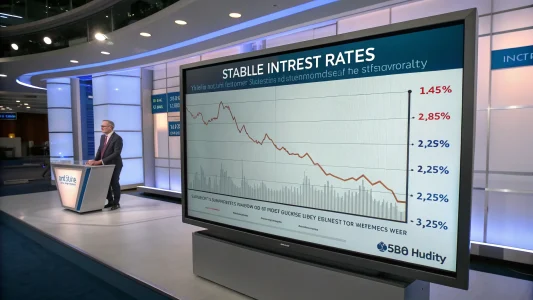The Income Tax Department has released five different Income Tax Return (ITR) forms for the current filing season. The forms released include ITR-1, ITR-2, ITR-3, ITR-4, and ITR-5, each designed for specific categories of taxpayers.
This early release of forms gives taxpayers additional time to gather necessary documents and plan their tax filing strategy before the deadline. Understanding which form applies to your specific financial situation is crucial for properly complying with tax regulations.
Understanding the Different ITR Forms
Each ITR form serves a specific category of taxpayers based on their income sources and financial status. The ITR department designed these forms to accommodate various income profiles and streamline the filing process.
ITR-1, also known as Sahaj, is the simplest form and applies to resident individuals with total income up to ₹50 lakh. This income must come from salaries, one house property, other sources (like interest), and agricultural income up to ₹5,000.
ITR-2 is for individuals and Hindu Undivided Families (HUFs) who don’t have income from business or profession. This form applies to those with income from salary, house property, capital gains, and foreign assets or income.
ITR-3 targets individuals and HUFs who earn income from a business or profession. This comprehensive form also covers other income sources, such as salary, capital gains, and income from house property.
Forms for Business Entities and Special Cases
ITR-4 (Sugam) is appropriate for small businesses operating under presumptive taxation schemes. This applies to individuals, HUFs, and firms (other than LLPs) with total income up to ₹50 lakh and business income calculated on a presumptive basis.
ITR-5 is designed for entities like partnership firms, LLPs, Association of Persons (AOPs), and Body of Individuals (BOIs). This form does not apply to individual taxpayers or HUFs.
The department has not yet released the remaining ITR forms—ITR-6 for companies other than those claiming exemption under section 11 and ITR-7 for persons, including companies required to file under specific sections.
Choosing the Right Form
Selecting the correct ITR form is essential as using the wrong form can lead to defective returns and potential penalties. Taxpayers should carefully assess their income sources before deciding which form to use.
Key factors that determine which form to use include:
- Total income amount
- Sources of income (salary, business, capital gains, etc.)
- Residential status
- Type of taxpayer (individual, HUF, firm, etc.)
Tax experts advise that when in doubt, taxpayers should consult with a tax professional to ensure they select the appropriate form for their situation. Tax preparation software can also help identify the correct form based on income details entered.
The early release of these forms gives taxpayers ample time to familiarize themselves with any changes from previous years and gather the necessary financial information for a smooth filing process.
With the tax filing deadlines, the IRS encourages taxpayers to file their returns early to avoid last-minute technical issues and ensure timely refund processing where applicable.
















